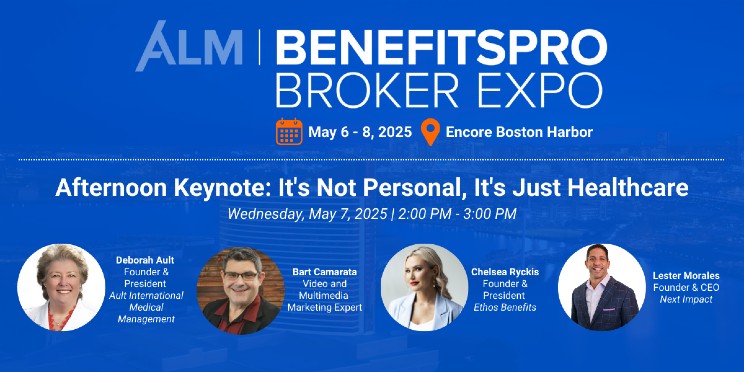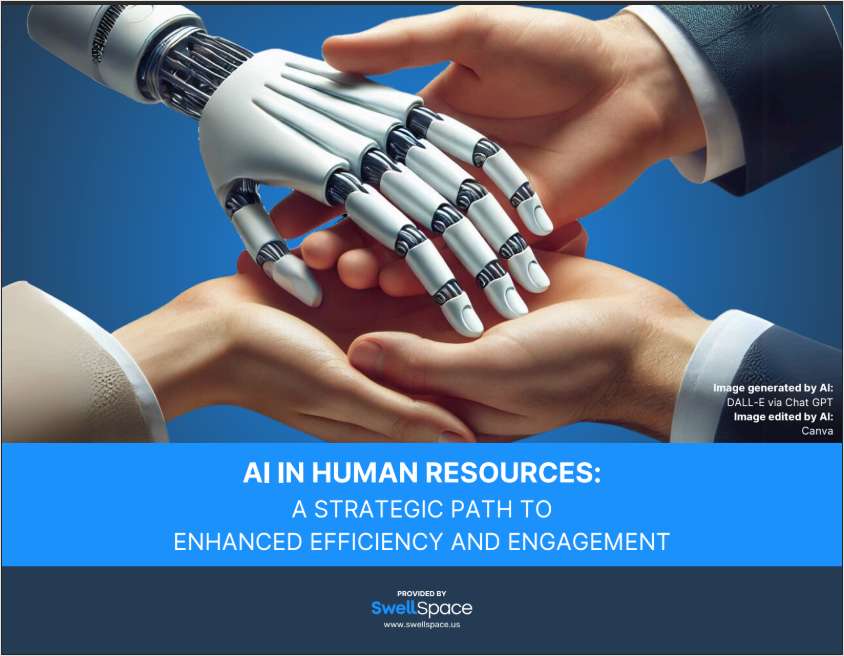 HR must educate employees on the company's mission so they understand the impact they can have on helping achieve the company's mission. (Image: Shutterstock)
HR must educate employees on the company's mission so they understand the impact they can have on helping achieve the company's mission. (Image: Shutterstock)
Top talent is the number one competitive differentiator in the marketplace today – the pressure on HR to attract, retain and optimize quality workers has never been higher. While great employees are hard to find, they are even harder to keep. According to Gallup, 66 percent of employed Americans are disengaged from their jobs. This alarming statistic represents two thirds of the American workforce. It doesn't have to be this way. Savvy HR pros are meeting the challenge of retaining talent head on by aligning employees with their organization's business strategy, and here's how.
Power of sharing
Why is alignment so important? This question reminds me of the infamous “sell me this pen” exercise used to assess a job candidate's understanding of the company's value proposition. In order to sell the pen, ensure you are selling to someone who has a need to write. When creating the pen, make sure to align the purpose of a functional pen along with the resources—cap, barrel, nib, employee, etc.—otherwise, you may have sold a pen that is missing parts, immediately breaks or simply cannot be produced.
Related: Why culture matters in creating a Total Rewards strategy
If employees do not understand the company's business strategy they will likely leave for greener pastures. And, with them leaves the company's knowledge to pursue jobs that they deem more engaging. This is especially true for millennials who statistically seek purposeful careers. The point is, HR must educate employees on the company's mission so they understand the impact they can have on helping achieve the company's mission.
Beyond a paycheck
Why create a pen without knowing the goal? Some may argue for the paycheck, and that works for a short while. But what happens when the employee starts to wonder, “Is my paycheck secure? Is my job secure?”
Soon conversations take place that a friend's company creating pens is selling to major airlines with the goal of selling two million pens within the first six months, and then expanding sales overseas with a projected year-over-year growth rate of 25 percent for the next three years. They will be hiring, and with your pen knowledge, the friend (a vested employee) encourages you to jump ship and join his firm; and, why not? You don't even know where your pens go in your current job, or if they even work, not to mention, how many were sold last year.
Do you know who your clients are? Do you even care? You just do your job, get paid and that's it. Your company doesn't share anything. You are a cog in the wheel with no clue where you or your company are going.
Leadership's role in alignment
Alignment to business strategy is key to talent engagement within an organization, typically increasing productivity and overall quality. A company can miss profit potential and lower employee morale leading to decreased client satisfaction scores by not sharing the corporate strategy with employees. The CEO does not need to share what he ate for lunch with his employees, but he should be forthcoming about new products and new deals the company is working towards.
When the CEO shares what excites him to come to work every day it may elicit a similar excitement in employees, creating a shared sense of purpose where everyone is working to achieve the same goals. Executives should not wait for a company-wide meeting every quarter to have these conversations. Instead they should talk about what is happening internally during casual face time—such as over lunch in the break room or at the water cooler.
In addition to verbal communication visuals are a powerful way to relay what is happening at the company—HR should collaborate with marketing to post articles about the company in gathering places around the office. Articles about upcoming events such as webinars and speaking engagements at industry trade shows are all great ways to communicate the company's brand and purpose. Remember, it's also important to distribute information to employees digitally via email and on your website.
Share successes and failures
Keep in mind strategic transparency. There is no need to overshare; instead provide actual, tangible growth plans and initiatives in the works to your employees. This openness will encourage them to share their ideas and issues, both personally and professionally with HR and other executive team members. The open exchange of information will build and nurture positive working relationships.
The same communication strategy applies when something fails. Do not take the route of public humiliation; instead, take the high road and explain that your department missed the goal and here's what you are doing to fix it. Or, if you are unsure how to fix it, invite employee feedback. This strategy of engagement—even with issues—allows employees to solve problems, often producing a winning solution because employees feel a deep connection to help bring about a successful outcome.
Strategic communication can be a tricky tool to incorporate, because it is human nature to cap information from coming out until all the “i”s are dotted and “t”s crossed. It is the role of leadership as well as individual contributors to ensure continuous platforms for dialogue around wins, key initiatives and goals—both formal and informal. With buy-in to their individual contribution and knowledge of the overall company goals, an employee becomes vested and engaged in exceeding expectations. Morale goes up, and retention too, plus clients are more satisfied. It's a triple win for employers, employees and clients.
Angela Dieball ([email protected]) is a talent acquisition manager for Hodges-Mace, where she has worked for the last five years. She enjoys engaging with talent to form relationships and build a better talent strategy.
Read more:
Complete your profile to continue reading and get FREE access to BenefitsPRO, part of your ALM digital membership.
Your access to unlimited BenefitsPRO content isn’t changing.
Once you are an ALM digital member, you’ll receive:
- Breaking benefits news and analysis, on-site and via our newsletters and custom alerts
- Educational webcasts, white papers, and ebooks from industry thought leaders
- Critical converage of the property casualty insurance and financial advisory markets on our other ALM sites, PropertyCasualty360 and ThinkAdvisor
Already have an account? Sign In Now
© 2025 ALM Global, LLC, All Rights Reserved. Request academic re-use from www.copyright.com. All other uses, submit a request to [email protected]. For more information visit Asset & Logo Licensing.








